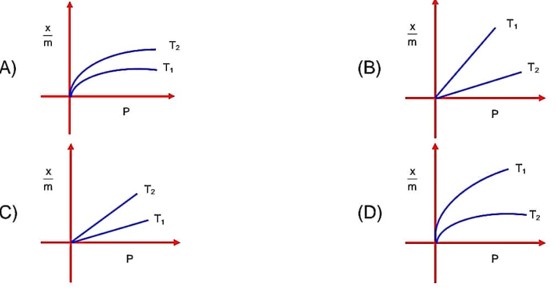Surface Chemistry
Get insights from 217 questions on Surface Chemistry, answered by students, alumni, and experts. You may also ask and answer any question you like about Surface Chemistry
Follow Ask QuestionQuestions
Discussions
Active Users
Followers
New answer posted
4 months agoContributor-Level 10
Viscosity of the hydrophilic sol is always higher than H2O, because dispersed phase particle attracted by dispersion medium.
New answer posted
4 months agoContributor-Level 10
When AgNO3 is added to Kl solution, precipitate of Agl is formed which adsorb I- ion from
Dispersion medium to give negatively charged sol
Agl/l-- negatively charged sol.
New answer posted
4 months agoContributor-Level 10
Tyndall effect is the optical characteristics of light in which comparable particle size of colloids and bombarded light wavelength can produce this type of effect. For scattering effect of light in Tyndall effect refractive index of dispersed phase and dispersion medium should be greatly different.
New question posted
4 months agoNew answer posted
4 months agoContributor-Level 10
ln
Hence; sum of oxidation state = 2
New answer posted
4 months agoContributor-Level 9
By increases in temperature absorption decreases, T1 > T2 means higher absorption at T2 temperature.
New answer posted
4 months agoContributor-Level 10
In the lyophilic colloids, the colloidal particles are extremely solvated.
New answer posted
4 months agoContributor-Level 10
FeCl3 + K4 [Fe (CN)6] (Potassium ferrocyanide)
excess
|
K Fe [Fe (CN)6]
(colloidal species)
Prussian Blue coloured
colloidal complex
Taking an Exam? Selecting a College?
Get authentic answers from experts, students and alumni that you won't find anywhere else
Sign Up on ShikshaOn Shiksha, get access to
- 66k Colleges
- 1.2k Exams
- 680k Reviews
- 1800k Answers

